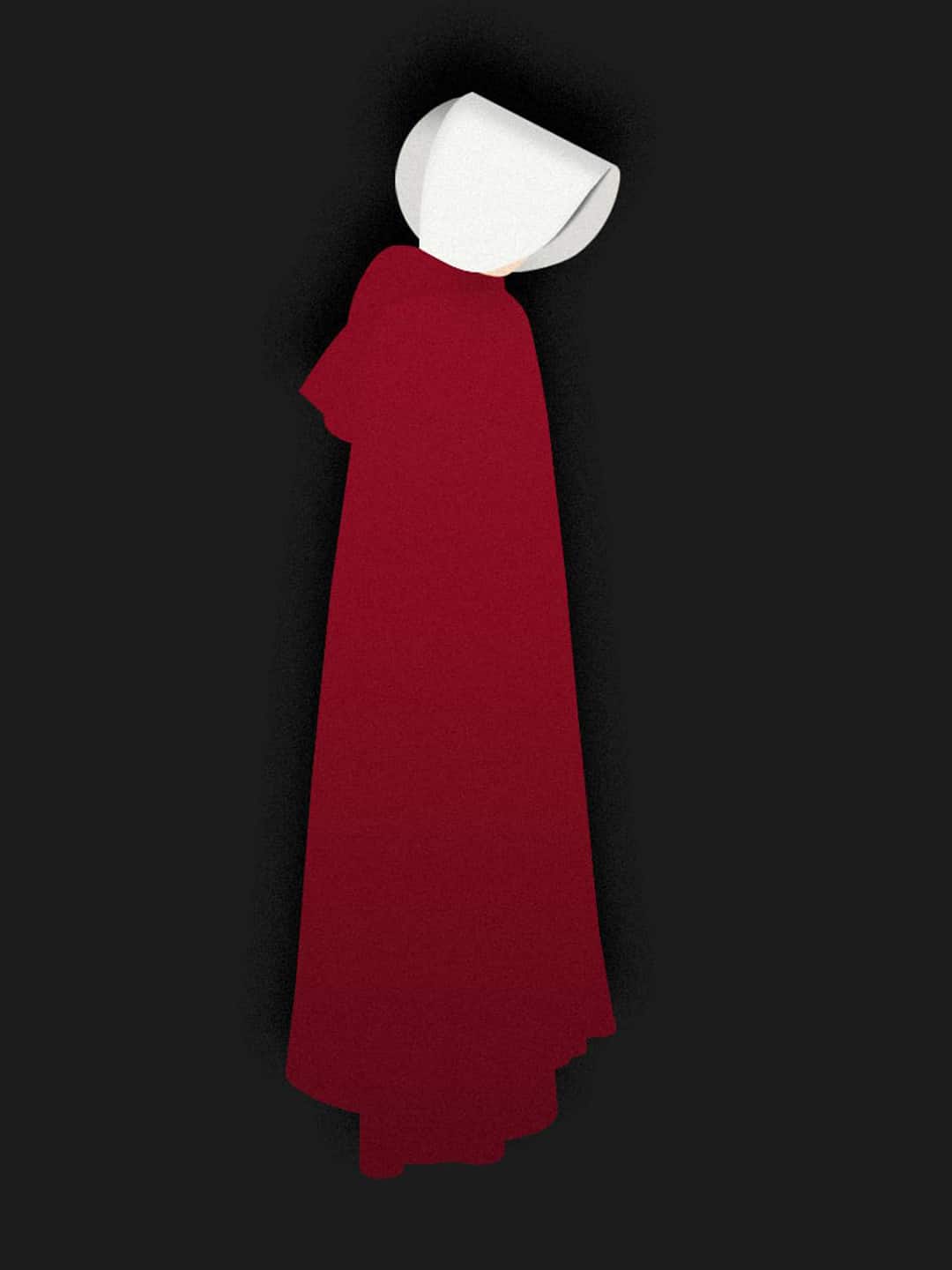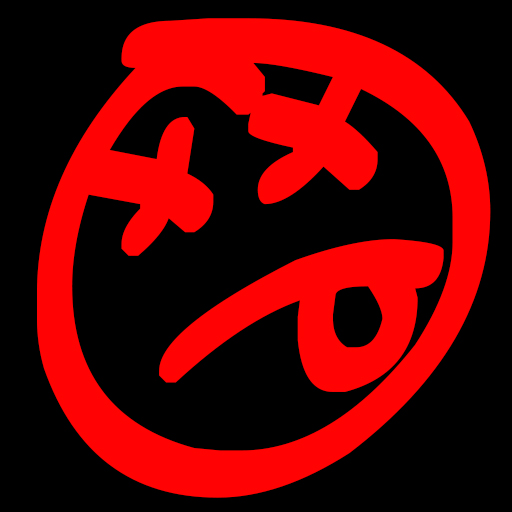

Democrats: The New Authoritarians
by Alex Gutentag Mar 29, 2022
After the election of Donald Trump in 2016, many Democratic voters felt baffled and betrayed. Pollsters and statisticians had predicted a decisive victory for Hillary Clinton, and her campaign had even attempted to elevate Trump because they thought he was the easiest candidate for her to beat. Conveniently, the Russian collusion narrative and allegations of white supremacy allowed the Democratic National Committee, the Clinton campaign, and the media to avoid asking themselves how they had made such an enormous miscalculation.
In reality, their inability to predict or understand Trump’s appeal to voters was symptomatic of a class stratification that had been building for decades. From the 1970s until the 2008 financial crash, only the top 20% of the country saw its real income steadily grow while the real income of the bottom 80% stagnated. This top 20% consisted largely of affluent college-educated professionals who migrated to the Democratic Party, while large segments of the working class left it. In 1960, Democratic President John F. Kennedy lost the votes of white college graduates, but he won the support of white voters without a college degree by a 2-to-1 margin. For Joe Biden, the results were the exact opposite. In 1992, almost 60% of Bill Clinton’s supporters were whites without a degree, but the same was true of only 27% of Biden voters. By 2018 the top 10 wealthiest congressional districts were all held by Democrats.
The Democratic Party’s elitism problem corresponds to a long-standing trend among liberal professionals. For decades, they have been waging a thinly veiled class war against their perceived inferiors, which Christopher Lasch described in his 1994 book Revolt of the Elites and the Betrayal of Democracy. One of Lasch’s central arguments was that managerial elites had abandoned public debate and their basic obligations to the majority. The economic divide between the Democrat-affiliated upper-middle class and the rest of the country has produced a highly insular intelligentsia increasingly disconnected from reality and aligned with corporate interests.
While the GOP was once considered to be the party of big business, the country’s top billionaire megadonors are split between Democrats and Republicans, and Democrats equal or outpace Republicans in donations from pharmaceutical companies, the tech sector, and Wall Street. The alliance between Democrat-led causes and corporate executives is sometimes portrayed as necessary for holding off an insurrectionist, anti-democratic threat from the right. However, it is this very alliance that has produced highly centralized government and corporate control while curbing free expression and open discourse.
After Trump’s election, many commentators expressed anxiety that his followers would plunge the country into far-right authoritarianism. Instead, it is the class of college-educated Democrats that now openly argues for the value of blind submission to authority and the elimination of personal freedoms. The trend Lasch wrote about in the 1990s has metastasized. It no longer poses a mere threat to democracy—it has become a full-fledged attack on basic democratic principles. Far from upholding civil liberties, the self-proclaimed “resistance” to Trumpism has itself exhibited many hallmarks of authoritarianism: suppression of dissent, demand for unquestioning obedience, and tight control over the flow of information. While scapegoating Trump supporters, a nexus of billionaires, woke corporations, public intellectuals, and Democratic officials have sparked the very descent into authoritarianism they claimed would emerge from the populist right.
The TV production of Margaret Atwood’s novel The Handmaid’s Tale premiered on April 26, 2017, and was widely touted in liberal media outlets as a “prescient” “mirror” of the country under Trump. Journalists warned that the United States was on the precipice of becoming a Gilead-like dystopia where human rights would be nonexistent. Yet based on the domineering COVID-era behavior of the show’s own target audience, The Handmaid’s Tale appears to have been less of a warning to viewers and more of a handbook. Forced and coercive medical procedures, adoption of mandatory new garbs, censorship, and frozen bank accounts were central to the totalitarian state depicted in the novel and the show. In the end, this program found its real-world parallel not in autocratic moves from the right, but in liberal-approved measures like vaccine mandates, mask requirements of dubious medical value, restrictions on speech, and seizure of protesters’ financial assets—all of which were vocally supported by the affluent laptop class.
This is not simply a matter of hypocrisy. It is only by painting themselves as victims fighting against their oppressors that college-educated professionals can rationalize their own authoritarianism. The cult of victimhood conjures the specter of fascism, misogyny, or white nationalism in order to justify blatantly repressive measures. This is why, for example, the professional class consistently portrayed unvaccinated people as Trump supporters even though in many major cities vaccine passports mostly excluded Democrat-voting Black residents from indoor establishments. Under the guise of combatting anti-vax extremism, woke liberal politicians embraced segregation and the exact kind of “systemic racism” they claimed to oppose. While considering themselves to be on the side of righteousness and rationality, commentators called for hospitals to reject unvaccinated patients, and some even celebrated their deaths. This is precisely the type of punitive, regressive tendency that progressives warned would be a consequence of Trump’s election.
It is also the inevitable outcome of a discourse that allows some of the most powerful people to depict themselves as helpless and persecuted. When The New York Times editorial board recently decried the culture of “social silencing” that has permeated most American institutions, some prominent progressives were incensed. New York Rep. Alexandria Ocasio-Cortez (whose election to Congress was powered by the most gentrified neighborhoods in her district) argued that only the left is subject to real censorship, and that concerns about cancel culture are merely “about protecting bigots from feeling embarrassed in public.” Ocasio-Cortez seemed to forget that she has explicitly advocated for censorship herself on more than one occasion. In 2019, she called on Facebook CEO Mark Zuckerberg to “take down lies,” and in 2021 she pressured Apple and Google to remove Parler, a social media service popular among conservatives, from their app stores after the Jan. 6 Capitol riot. Ocasio-Cortez doesn’t think she’s calling for real censorship because she believes that the entire political opposition is composed of violent domestic terrorists bent on killing her. (She was not in the Capitol building on Jan. 6.) It is precisely her self-image as a perpetual victim that allows her to justify a tyrannical approach.
President Biden likewise encouraged Big Tech to deplatform anyone with alternative views about COVID vaccines by presenting the people sharing these views as literal murderers who were “killing people.” Sweeping censorship that amounted to digital book burning helped create an illusion of consensus even though many of the claims prohibited on social media (such as the fact that the vaccines did not prevent transmission) proved to be true. Far from private companies exercising discretion over how their platforms are used, these tech companies operated in coordination with the executive branch, meaning their clampdown on speech was in violation of the First Amendment. This is exactly the type of orchestrated silencing effort we were once told only happens under dictatorships.
Moreover, it is not social media but mainstream news outlets that have been the largest purveyors of “misinformation.” One accusation often made against Trump supporters is that they blindly and unthinkingly believe false claims. But during the pandemic this was consistently true of college-educated Democrats, who still hold the most skewed and erroneous views about COVID. In 2022, 48% of “very liberal” people still believed that COVID posed a “great risk” to children’s health despite widely available evidence that the risk COVID poses to children is miniscule. Between January 2021 and September 2021, the CDC reported that 280 children died with COVID (later the CDC would admit that it had inflated its total death numbers by almost 25%). According to the latest available data (from 2015-19), flu and pneumonia killed more children annually. Heart disease, firearms, drowning, and motor vehicles all pose a much greater risk to children than COVID. Believing that COVID is a “great risk” for kids, justifying child mask mandates and school closures, is exactly the kind of persistent scientific illiteracy of which journalists accuse Trump supporters.
College-educated Democrats have also expressed growing support for the national security surveillance state. In response to Tucker Carlson and former Hawaii Rep. Tulsi Gabbard’s dissenting views about the war in Ukraine, for example, the hosts of The View suggested that the Department of Justice should conduct a McCarthyite investigation comparable to the House Un-American Activities Committee. While decrying local police and virtue signaling support for Black Lives Matter, many progressives have embraced powerful agencies that have unchecked power and a history of civil and human rights violations. In 2017, 69% of Democrats said the FBI was doing a “good” or “excellent” job, compared to 49% of Republicans (and 44% of Democrats in 2003). Also in 2017, the CIA had a net favorability of 32% for Democrats, compared to a net favorability of just 4% for Republicans.
Democratic support for federal law enforcement and intelligence agencies has coincided with increasing cooperation with tech companies and media outlets. This was demonstrated by the suppression of the now “verified” 2020 Hunter Biden laptop story, which was restricted on Twitter and Facebook while the media and dozens of intelligence experts attempted to discredit it as “Russian disinformation.” The beneficiaries of a mounting culture of censorship, silence, and exclusion are not just Democrats who see some political gains. More significantly, it is their financial backers. Throughout the COVID era, the party and its affiliated voter base of white-collar workers have solidified their role as ideological enforcers for billionaires and corporations.
During lockdowns and vaccine mandates, tech and pharmaceutical companies made astronomical profits and were aided and abetted at every turn by their pajama-class foot soldiers. While lockdowns plunged millions of Americans into conditions of unemployment, despair, and hunger, it gave professionals a luxury: a time to rest at home and be free from stressors like commuting. As billionaires saw their wealth surge, the upper-middle class stayed silent or complicit. This occurred not just because many of them were eager to keep their new remote work lifestyle going for as long as possible, but also because of the “social silencing” the Times editorial board described.
This silencing had serious repercussions. It is now commonly acknowledged, for example, that school closures were a mistake, but those who spoke up early lost friends, jobs, and opportunities. What is dismissed as cancel culture is actually central to the authoritarian project. A new idea (“flatten the curve,” “save Grandma,” “two weeks to stop the spread”) can be introduced at any moment, and if it’s framed as morally necessary and unquestionable, it will receive resounding support from the most well-educated class. This poses a huge threat to society as a whole.
When new moral panics, rigid rules, and speech codes are constantly being introduced, the main function they serve is to test people’s loyalty to the dominant ideology. Anyone who has walked through a wealthy neighborhood in a coastal liberal city is likely familiar with the signs that begin “In This House We Believe …” Beyond the most surface-level beliefs of their owners, these signs point to one singularly important characteristic: the desire to conform.
But why is the professional class so concerned with virtue signaling and policing its own members? Since the 1980s, upward mobility has been declining, and college-educated millennials never economically recovered from the Great Recession. They struggled to pay off student debt, racked up high-interest loans, and experienced a “lost decade” in which few made economic progress. Home ownership has become nearly impossible, and many millennials’ finances are deeply impacted by inflation.
As a result of this increased economic pressure, the class war waged by college graduates has become two-pronged. Not only is a nexus of Democrat-affiliated academics, NGOs, and bureaucrats waging a campaign against the “unenlightened” masses, but it is also engaged in evermore competitive intra-elite battles. These battles escalated with Trump’s election, but have reached a fever pitch since the beginning of the pandemic. Thus are woke professionals of all ages advancing evermore extreme positions to oust their competitors and vie for limited spots in the managerial elite. As these positions become more extreme, the people who hold them become more absolutist, cruel, and deeply undemocratic. In other words, they become everything we were once taught to fear from Trumpism.




